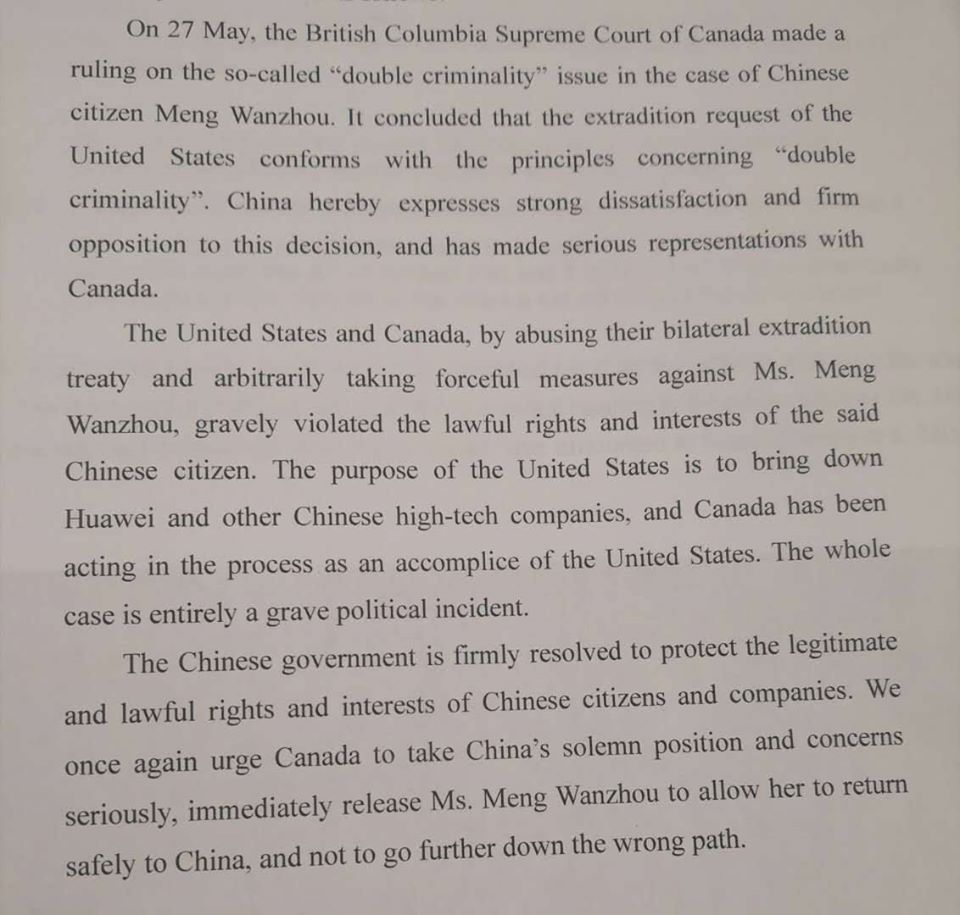https://bws2020.carrier.huawei.com/en/index.html Global 5G deployment is beginning to wrap up, and with the installation of more than 1.5 million 5G base stations expected by the end of this year, the next focus should be on industry applications, said Huawei Rotating Chairman Guo Ping on Monday during the opening day of the online Better World Summit held by the Chinese tech firm .
“As global 5G deployment begins to wrap up, we need to strengthen our focus on industry applications. This will help us unleash the full potential of 5G,” Guo said.
As of this June, 81 telecom carriers have rolled out commercial 5G networks. The countries and regions covered by these networks account for 72 percent of the world’s GDP, including leading economies in Europe and the Asia-Pacific region. Globally, there are already more than 90 million 5G users. Over 700,000 5G base stations have been deployed, and it is expected to see more than 1.5 million by the end of this year, data unveiled by the firm showed.
The signal from Huawei is clear – telecom carriers who have selected Huawei equipment will be the first to reap the benefits of 5G, a Beijing-based industry insider surnamed Jiang and a close follower of Huawei told the Global Times on Monday.
Guo said the firm has “a broad set of capabilities spanning 5G, computing, cloud, AI, and industry applications. By leveraging these strengths, we can provide scenario-based solutions that unlock the full potential of 5G and help both our customers and partners achieve greater business success.”
“Nevertheless, those who are still weighing whether to use its equipment for 5G will significantly lag behind and will not benefit from the chance to lead the industry,” Jiang said.
The remarks were also viewed by industry insiders as a response to Huawei’s recent dilemma in Europe, where the UK has banned the firm from its 5G network deployment, while other economies in the region have also been weighing the decision, leading to uncertainties about the firm’s fate in Europe.
In the past 30-plus years, the Chinese firm has deployed over 1,500 networks in more than 170 countries and regions, serving over 3 billion people worldwide. It has also provided smart devices to 600 million consumers and delivered services to 228 Fortune Global 500 companies.
Mr Guo Ping also described nine scenarios for emerging technologies as outlined in the coronavirus outbreak across China, starting from the onset of the pandemic and plateau in cases to the nation’s post-peak recovery.

Such scenarios included quickly building hospital 5G networks, offering remote medical consultations, drug R&D, pandemic prevention and control, medical imaging and analysis and restarting governments and businesses, among others.
China’s Huoshenshan Hospital was built in a matter of days and has over 300 beds, but doctor shortages posed ‘headaches’ to medical care, he added. China Telecom had built an operational 5G network in 24 hours, allowing doctors to perform 15-minute ultrasounds for patients in Wuhan and others with a high degree of accuracy.
China’s First Affiliated Hospital of Zhengzhou University used such technologies to provide telemedicine services to over 1,400 institutions across China, Zambia, Morocco and others in electro cardiography, pathology and radiology, he said.
According to figures, over 40,000 consultations and 500,000 diagnoses were performed at the world’s largest hospital by capacity.
Balancing short-term and long-term goals: Precise deployment for maximum value
Guo said, “Given the current economic environment, carriers need to focus on both short-term and long-term goals. More precise deployment is how they can maximize the value of their networks.” Huawei has three suggestions for this.
- First, carriers should prioritize user experience and spend money where it’s needed most to maximize the value of existing networks.
- Second, carriers should make the most of existing 4G and FTTx networks, and integrate them with new 5G networks through holistic coordination and precise planning.
- Third, 5G deployment plans should prioritize hotspots and key industry applications.

